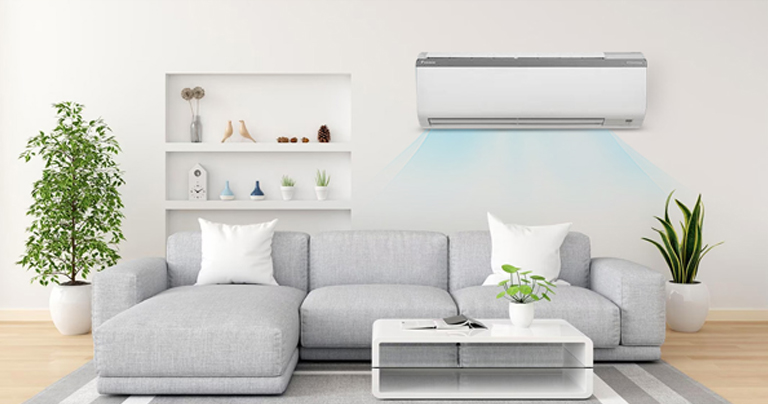
Allergies are a seasonal nuisance for millions of people around the world — but some experience them all year, which can be a torment for the body and mind. Dust mites, pet hair and dander, pollens and mold spores, and airborne pollutants are all around you, and can make your home feel less welcoming. The good news? Your air conditioner might be doing more than keeping the room cool — it could be your first line of defence against allergens.
Residential air conditioning systems today do so much more than just cool the air. These fans, when used properly, can greatly enhance indoor air quality by allowing allergy sufferers to breathe easier and enjoy greater comfort in the home.
Filtering Out Allergens
The air filter is central to a good air conditioning system. This part of the unit captures airborne particles — like pollen, dust, and pet dander — so they don’t end up circulating throughout your home. High-efficiency media, such as HEPA (High-Efficiency Particulate Air) filters, are especially beneficial for trapping very tiny allergen particles.
Filters, though, require periodic cleaning or replacement. Not only is a dirty filter a drag on the efficiency of your AC, but it can also be a source of allergens itself. For people with allergies, keeping to a Clean Filter Schedule is not a choice; it is a necessity.
Humidity Control Matters
Humidity is a big factor in how allergens work indoors. Humid air can help mold and dust mites thrive – two of the most common indoor allergens. And a highly efficient AC unit will control the humidity indoors, at levels not conducive to mold growth and as improbable for dust motes to find a roost.
If you live in a humid environment, look for an air conditioner with dehumidification options. Brands such as Daikin even have units with a specific mode for heating and dehumidification that could be just the ticket for homes with allergy sufferers.
Ventilation and Fresh Air Circulation
Although most homeowners tend to focus on sealing their homes to keep cool air inside, that can limit ventilation and keep indoor pollutants trapped inside. Fortunately, the answer is in AC systems that have a fresh air intake or can be connected with a mechanical system that provides fresh air.
These will help to constantly new fresh outdoor air into the home while exhausting old stale dirty indoor air. Not only is this good for lowering indoor allergens, but it’s also great for spreading air freshness throughout, and that can be a game changer for those suffering from allergies.
The Best Air Quality Begins with a Clean System
The cleanliness of your air conditioning system can contribute largely to the quality of your indoor air. If the system is not regularly cleaned, mold and bacteria can grow inside the coils, surfaces in the AC ducts, and the drip pans. If the AC is on, it can circulate these pollutants into the home.
This problem can also be avoided by regular professional servicing of your AC. In addition to filtering, a service provider will check items that collect moisture and become a host for microbial breeding. If you’re committed to allergy relief, even everyday AC maintenance is as necessary as daily vacuuming or dusting is.
An Investment in Long-Term Relief
Other homeowners are held back by the cost of the new AC system. Yes, air conditioning is an investment, but you have to think about more than the air conditioner price in Bangladesh or any other local market. But what you’re really buying is health, comfort, and peace of mind — especially if allergies have been affecting your lifestyle.
Thanks to advancements in air conditioning technology, it’s now easier to make sure your home is as clean and breathable as it can be. Smart filtration, humidity control, and cleaner airflow are benefits that go beyond cooling.

